Behind The Screen: The Heart-Wrenching Life Of Dick York
Actor Dick York became a household name in the 1960s, most notably for his role as the lovable and beleaguered Darrin Stephens on the hit television series “Bewitched.” York brought a relatable warmth to the character, making him a favorite among audiences.
Despite his rising fame, his career was marred by chronic pain due to a severe injury, which ultimately led him to leave the show. Join us to look back at the important points of his career and discover what exactly ruined it.
Dick York’s career flourished early on
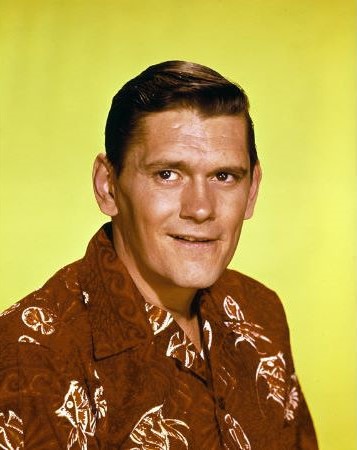
Dick York’s journey to stardom began early, with his breakout role at just 15 in the CBS radio program That Brewster Boy. His talent quickly led to appearances in countless other radio shows and instructional films.
York moved to New York City, where he shined on Broadway, starring in productions like Tea and Sympathy and Bus Stop. He had opportunities to act along with icons like Paul Muni, Joanne Woodward, Janet Leigh, Jack Lemmon, and Glenn Ford in various television broadcasts and films.
After studying drama at DePaul University, York graced the small screen with roles in series like the ’50s anthology Kraft Television Theatre and Alfred Hitchcock Presents.
However, it was his unforgettable portrayal of Darrin Stephens, the irritated husband of a witch-turned-housewife on the sitcom “Bewitched”.
Despite his success, York was quietly battling a condition that would eventually bring his flourishing career to a halt.
His injury changed his career forever
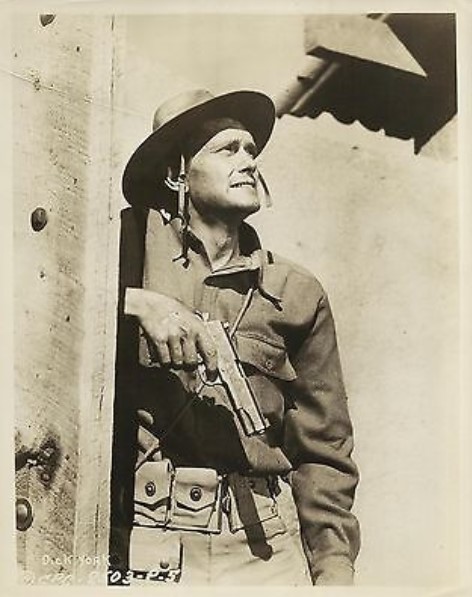
Years ago, York injured himself on the set of the movie “They Came to Cordura” that would change the course of his life. While lifting a railroad handcar with his fellow actors, everyone else stopped when the director called cut, but York, unaware, continued to bear the full weight alone.
This strain caused severe damage to his back. Despite attempts to manage the pain with medication, the injury left a lasting impact on his life. To endure the ongoing discomfort, York relied heavily on painkillers and other treatments, forever altering his career and personal life. His life would never be the same.
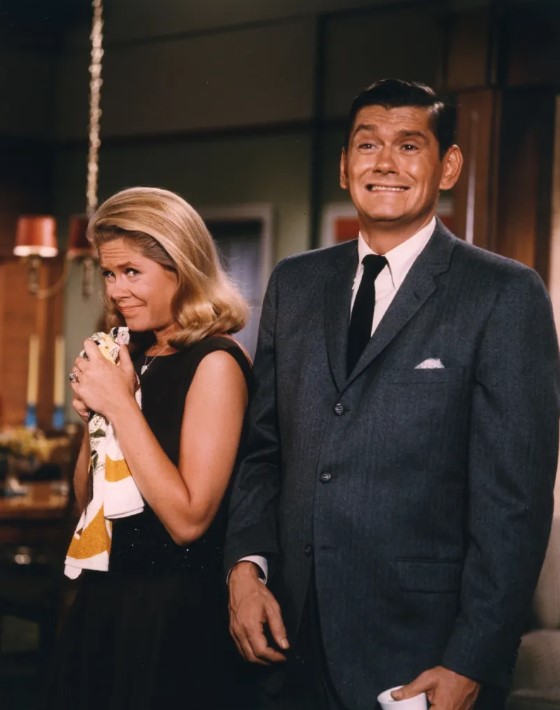
Even though York kept acting on “Bewitched,” his health problems kept getting worse. The show tried to help by adding special furniture to the set for his back pain. But York’s issues went beyond that.
Over the years, he became addicted to the painkillers he was taking. Eventually, he started using them even while at work.
By 1969, the situation became unmanageable. When York passed out on set that year, he was replaced. The show continued with a new actor until it ended in 1972.
York returned to humble beginnings during his final days
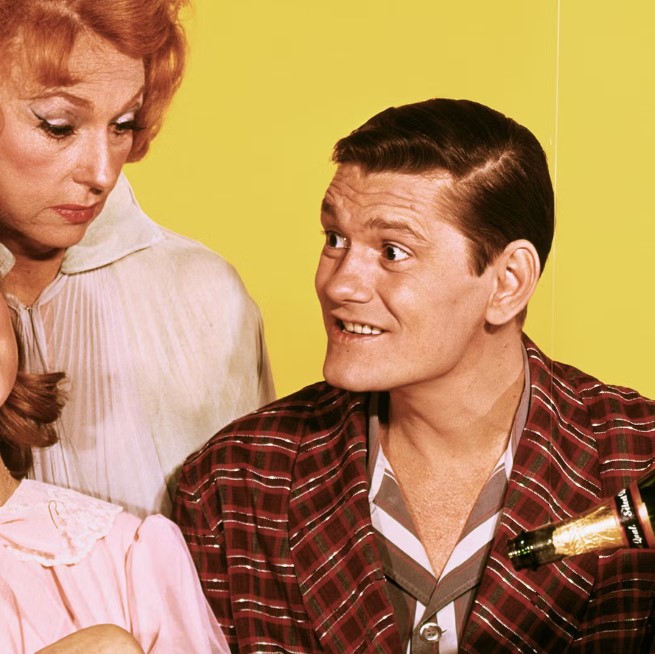
In 1971, after battling addiction, Dick York managed to break free from the drugs that had derailed his career. Though he attempted a comeback in the ’80s, opportunities were scarce, and he soon faded from the acting scene altogether.
His life took a harsh turn. By 1989, as he revealed in an interview with the Los Angeles Times, York was living in Michigan, battling emphysema, reliant on an oxygen tank, and struggling financially. He and his wife survived on a modest $650 monthly pension from the Screen Actors Guild that brought him back to the financial hardships he had known growing up.
Even as his health worsened, Dick York dedicated his last years to helping the homeless. He started a charity called Acting for Life and managed everything from his home—organizing donations, encouraging support, and raising funds.
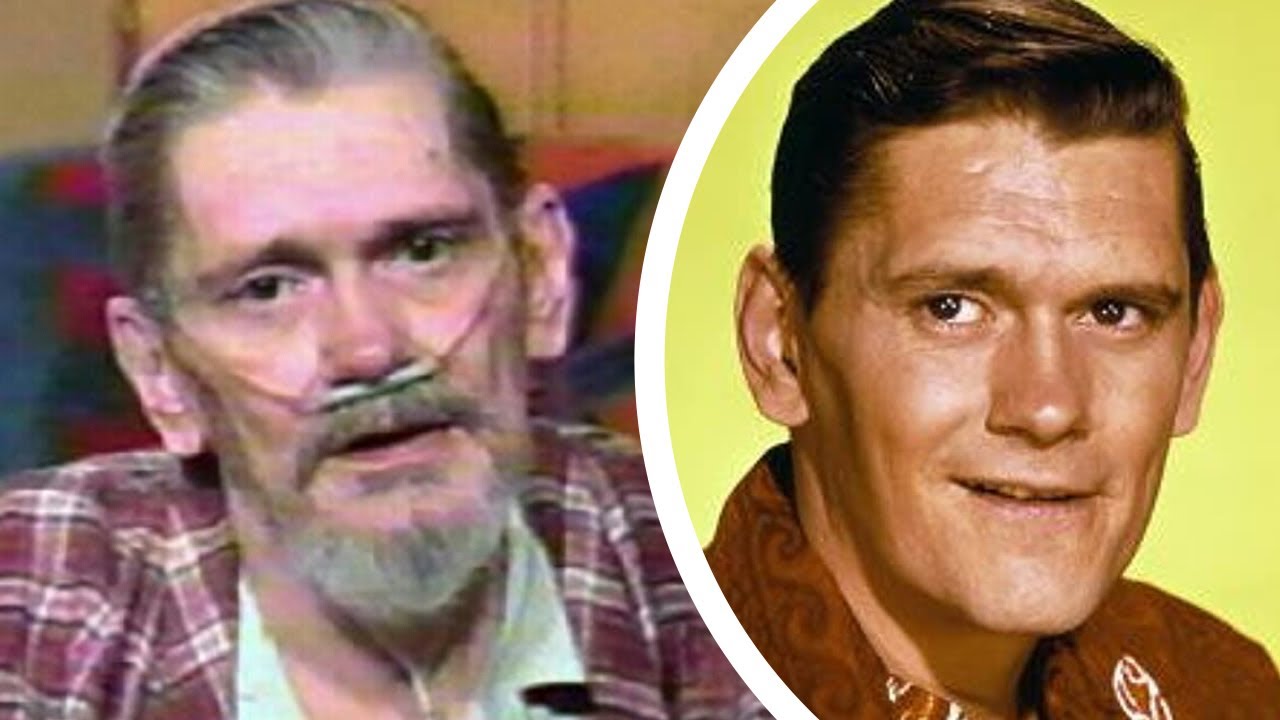
York passed away at 63 in 1992, still struggling with the back injury that had turned into a degenerative spine condition. But in the end, it was emphysema that took his life.
Despite overcoming a life-threatening addiction, Dick York faced additional health battles due to his heavy smoking habit. Smoking multiple packs a day only worsened his already challenging circumstances, including chronic back pain and the emotional strain of a dwindling acting career with limited income.
The long-term effects of his smoking eventually took their toll. He had to depend on oxygen just to manage daily life in his later years.

